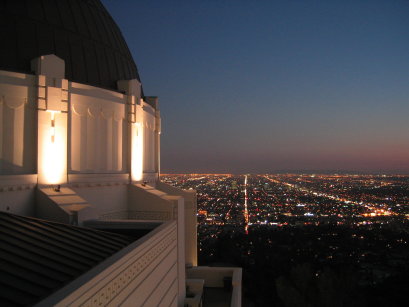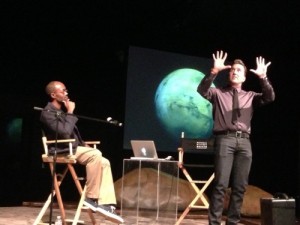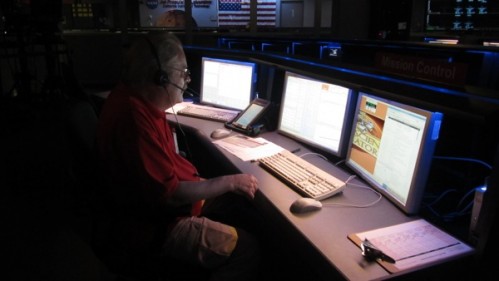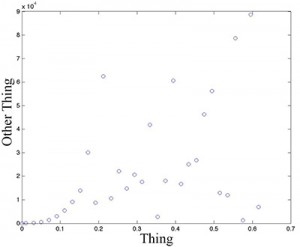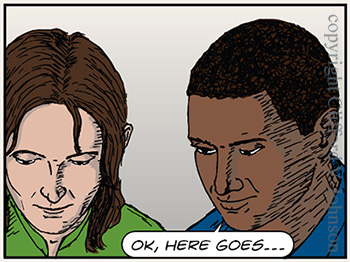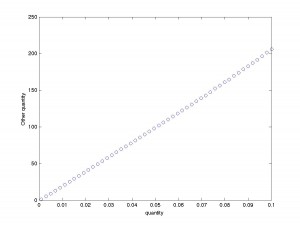Science Slams!
One of the things that came up in conversation in my meeting at the APS on Tuesday was Science Slams. These are a lot of fun, and are growing in popularity and frequency. Maybe you might want to take part in one, or organize one. There’s a lot of great theater to be had, and its fun for wider audience, just as poetry slams when done well can be fun for an audience that might not have chosen to study or listen to poetry. (See earlier posts on the local Dead Poets’ Slam, for example.)
My friend Herbi Dreiner, at the University of Bonn in Germany, (he’s in the photo at the right, used with permission) is one of the most active and experienced people I know of in the area of successfully combining physics, theatre, and (if you like) performance art. If you don’t know about his 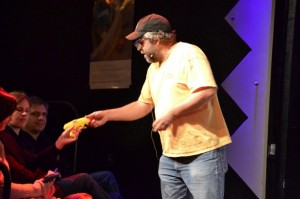 physics show, that has even gone on tour internationally, have a look at an article he wrote about it (with links to video and photos) for the journal The Physics Teacher here (arxiv version here).
physics show, that has even gone on tour internationally, have a look at an article he wrote about it (with links to video and photos) for the journal The Physics Teacher here (arxiv version here).
Herbi’s been getting involved in physics slams too, and he wrote a very nice piece about his own participation in the Guardian. Have a look here. He went into some nice detail about how (with the help of the audience) he illustrated the issues [..] Click to continue reading this post


